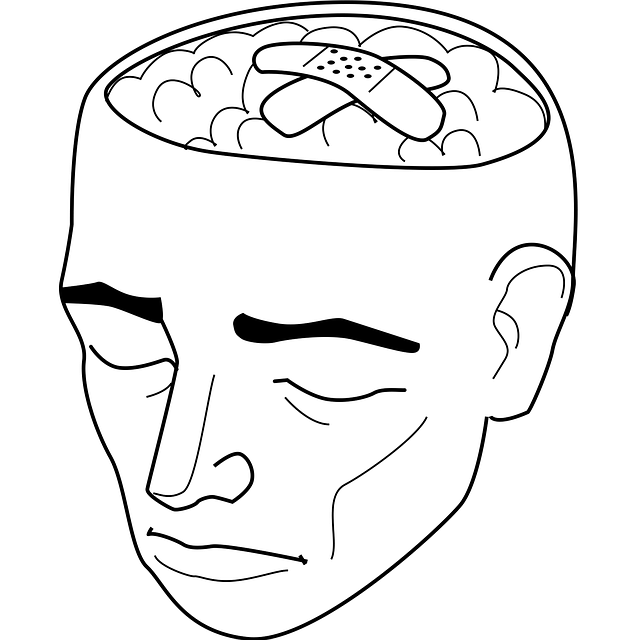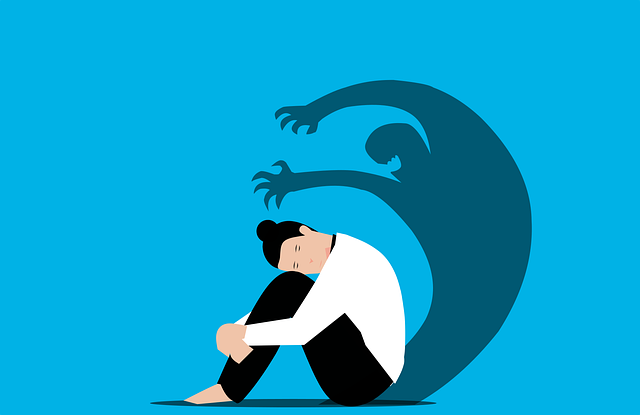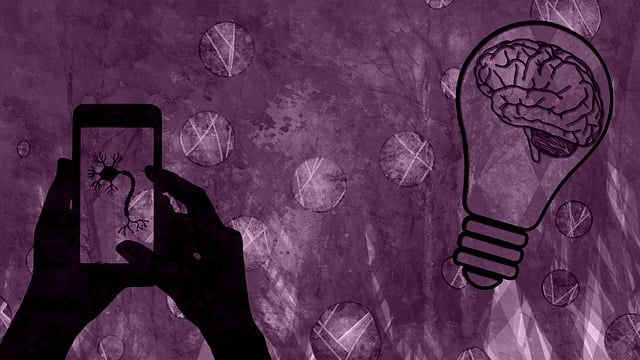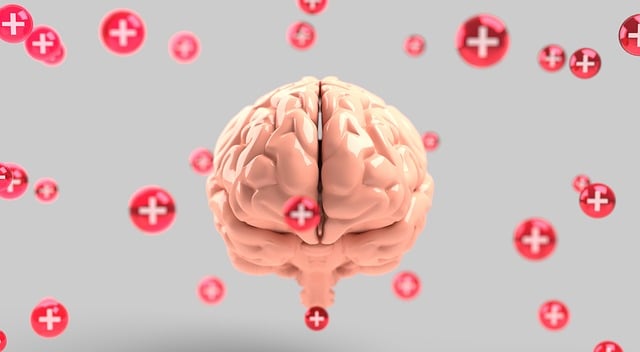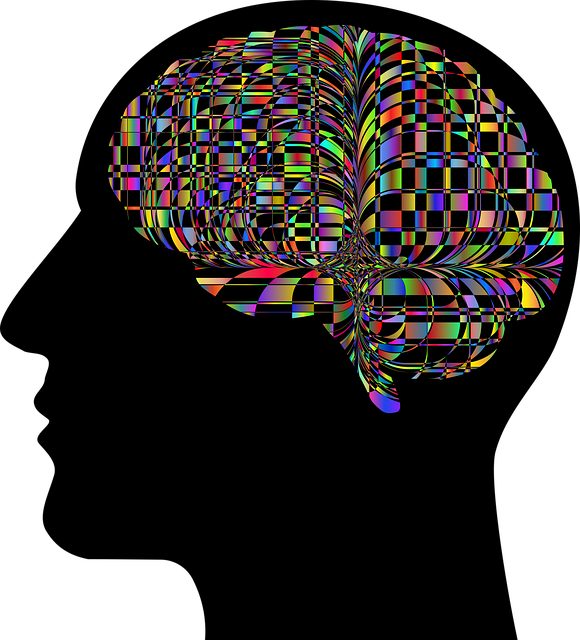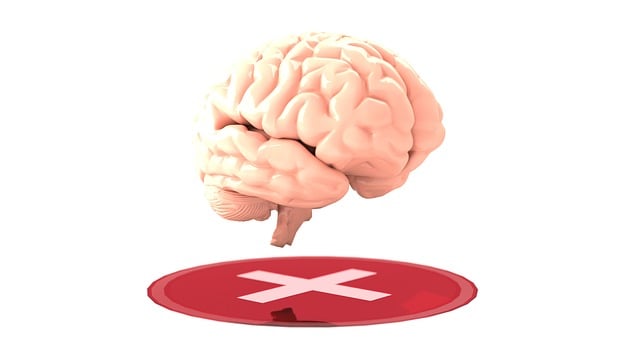Loss, grief, and bereavement require understanding and support, with Lone Tree Somatic Experiencing Therapy offering a holistic approach. This therapy focuses on the mind-body connection to help clients process emotions, release tension, and regain balance after loss. Respecting individual beliefs and customs, it empowers clients with coping strategies and boosts confidence in their healing abilities. Combining somatic therapy, mindfulness, and relaxation techniques, Lone Tree Somatic Experiencing Therapy is an effective alternative for those who find traditional talk therapy challenging. Its growing recognition in mental wellness podcast series underscores its potential for personal growth and conflict resolution within individuals navigating grief.
- Understanding Loss, Grief, and Bereavement: A Comprehensive Look
- The Role of Somatic Experiencing Therapy in Healing from Loss
- Navigating the Process: Supporting Yourself Through Grief
- Lone Tree Somatic Experiencing Therapy: A Unique Approach to Healing
Understanding Loss, Grief, and Bereavement: A Comprehensive Look

Loss, grief, and bereavement are deeply personal experiences that impact individuals in unique ways. Understanding these concepts is essential for anyone seeking support or considering counseling, especially with approaches like Lone Tree Somatic Experiencing Therapy. Loss refers to the absence of something significant, whether it’s a loved one, a relationship, or a life stage. Grief is the emotional response to loss, characterized by feelings of deep sorrow and sometimes anger, guilt, or confusion. Bereavement is the period following a significant loss, during which individuals navigate their emotions, remember, and eventually adapt to their new reality.
Self-Care Routine Development for Better Mental Health and Crisis Intervention Guidance are crucial components in managing these experiences. The process of mourning allows people to acknowledge, explore, and release their emotions. It’s not merely about fixing or moving on; it’s about understanding and accepting the complexity of human emotion. Lone Tree Somatic Experiencing Therapy offers a holistic approach to grief support, encouraging clients to connect with their bodies’ innate healing abilities as they navigate this challenging journey. Additionally, Mental Wellness Podcast Series Production can provide valuable resources for those looking for additional guidance and community during their bereavement process.
The Role of Somatic Experiencing Therapy in Healing from Loss

Loss, grief, and bereavement can profoundly impact an individual’s physical and emotional well-being. This is where Lone Tree Somatic Experiencing Therapy steps in as a powerful tool for healing. It recognizes that trauma and loss often leave deep, somatic marks on the body, leading to symptoms such as heightened anxiety, sleep disturbances, and chronic pain. By focusing on the mind-body connection, this therapy helps individuals process their emotions, release trapped physical tension, and regain a sense of balance.
Incorporating cultural sensitivity in mental healthcare practice, Somatic Experiencing Therapy respects and incorporates individual beliefs and customs surrounding loss. It also aids in mood management by teaching clients coping strategies to navigate intense emotions. Moreover, the process boosts confidence as individuals gain insights into their resilience and learn to trust their bodies’ inherent healing mechanisms. This holistic approach empowers people to move forward from loss with enhanced emotional well-being and a renewed sense of self.
Navigating the Process: Supporting Yourself Through Grief

Navigating the process of grief can be overwhelming, but it’s important to remember that you don’t have to go through it alone. Lone Tree Somatic Experiencing Therapy offers a safe and supportive space for individuals to process their emotions and begin their journey towards healing. This therapeutic approach recognizes the profound impact loss has on the mind and body, encouraging clients to explore physical sensations and present-moment awareness to release trapped emotional energy.
By integrating various techniques such as mindfulness, relaxation, and sensory processing, therapists help individuals develop coping mechanisms that promote self-esteem improvement and stress management. Through this process, they can also work towards depression prevention by fostering a deeper connection with their emotions and teaching them to respond rather than react to challenging situations.
Lone Tree Somatic Experiencing Therapy: A Unique Approach to Healing

Lone Tree Somatic Experiencing Therapy offers a unique and innovative approach to healing from loss, grief, and bereavement. This therapy focuses on the mind-body connection, aiming to help individuals process their emotions and experiences in a safe and supportive environment. By combining techniques from somatic therapy with elements of mindfulness and relaxation, clients can explore and release trapped emotions, leading to a deeper sense of healing and restoration. The approach respects the individual’s pace and experience, allowing them to connect with their feelings on a profound level without judgment.
In a world where mental illness stigma reduction efforts are crucial, Lone Tree Somatic Experiencing Therapy provides an alternative that can be particularly effective for those who find traditional talk therapy challenging. This method empowers individuals to take charge of their mental wellness by tapping into the body’s innate healing capabilities. Moreover, the technique has gained recognition through various mental wellness podcast series production, showcasing its potential in facilitating personal growth and conflict resolution techniques within individuals navigating grief.
In navigating the complex landscape of loss, grief, and bereavement, it’s clear that tailored support is essential. The article has explored these profound experiences, from understanding their unique dynamics to examining innovative therapeutic approaches like Lone Tree Somatic Experiencing Therapy. By recognizing the body’s somatic response to trauma and loss, this therapy offers a unique path to healing. Whether one seeks guidance during the grief process or explores alternative treatment options, there are resources available to foster resilience and restore balance. Remember that seeking help is a sign of strength, and taking steps towards healing is a profound act of self-care.

